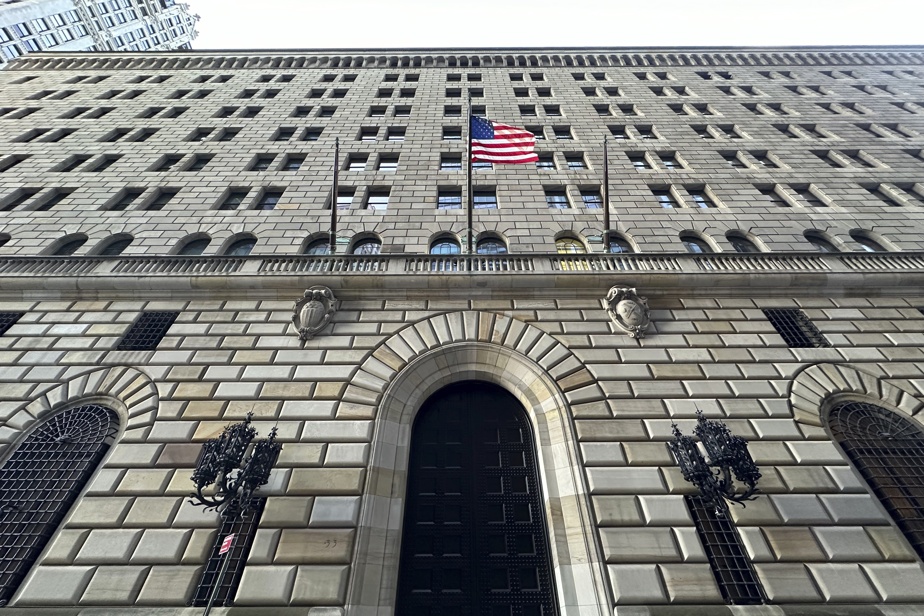While the Federal Reserve’s (Fed) decision to cut interest rates last month was almost unanimous, its members were divided on the extent of the rate cut, according to meeting minutes released Wednesday.
Although a “substantial majority” favored the large reduction that the central bank ultimately decided on, “some participants” said they would have preferred a smaller reduction, of a quarter point, and “a few more » indicated that they “could have supported such a decision”, we can read.
The Fed’s significant half-percentage-point cut last month marked the first time the central bank reduced borrowing costs since 2020, in the early days of the pandemic.
While the Fed was virtually guaranteed to cut rates at the Sept. 17-18 meeting, the extent of the cut was up for debate. Ultimately, officials decided that the economy was giving off enough warning signs to warrant a larger-than-usual rate cut of a quarter of a percentage point, and they publicly expressed confidence in the fact that such a significant drop would help ensure that the jobs market does not weaken.
However, the report of the discussion indicates some debate between the members of the board of directors. Ultimately, only one Fed governor, Michelle Bowman, dissociated herself from the deeper reduction, explaining that “core” inflation remained above the Fed’s target rate. She also expressed concerns that the deeper cut could be seen as “a premature declaration of victory” over the Fed’s mandate to achieve stable prices, according to the minutes.
Strong job market
Last month’s decision showed how policymakers’ focus had shifted from high inflation to a slowing jobs market. In 2021, Fed leaders thought rising inflation would only be a temporary blip in the pandemic economy, but they were wrong, leading them to raise interest rates at the fastest pace. fastest in decades. More recently, the Fed has expressed concern that the unemployment rate will continue to rise if it delays action.
Economic data released since the Fed cut interest rates shows that the job market remains strong. The Labor Department announced Friday that U.S. employers added 254,000 jobs and the unemployment rate fell to 4.1% in September.
The unexpected jobs report sparked criticism of the Fed, including from former Treasury Secretary Larry Summers, who said on the social network of interest in September was an “error, although it was not serious”.
The Fed’s benchmark rate is currently between 4.75 and 5%. The 30-year mortgage rate stands at 6.12%, according to Freddie Mac, after reaching highs of more than 7% in the spring.
